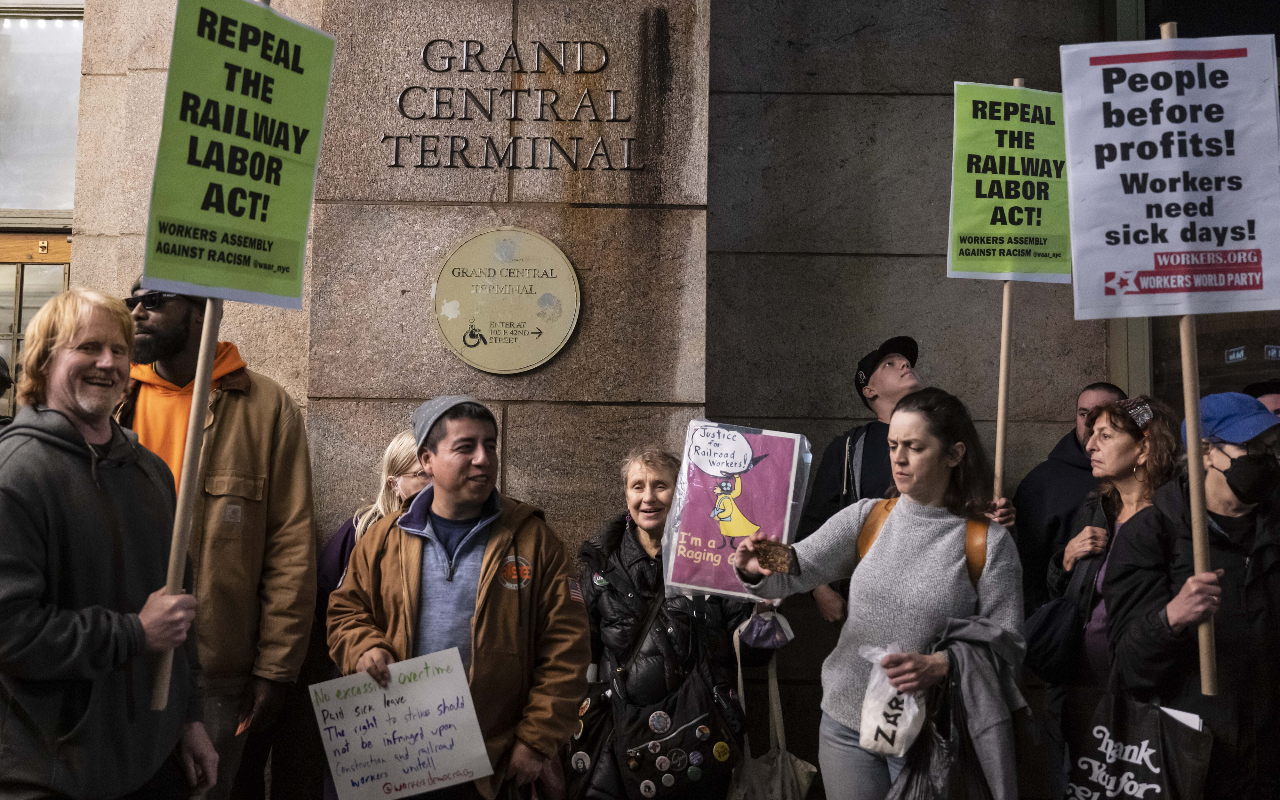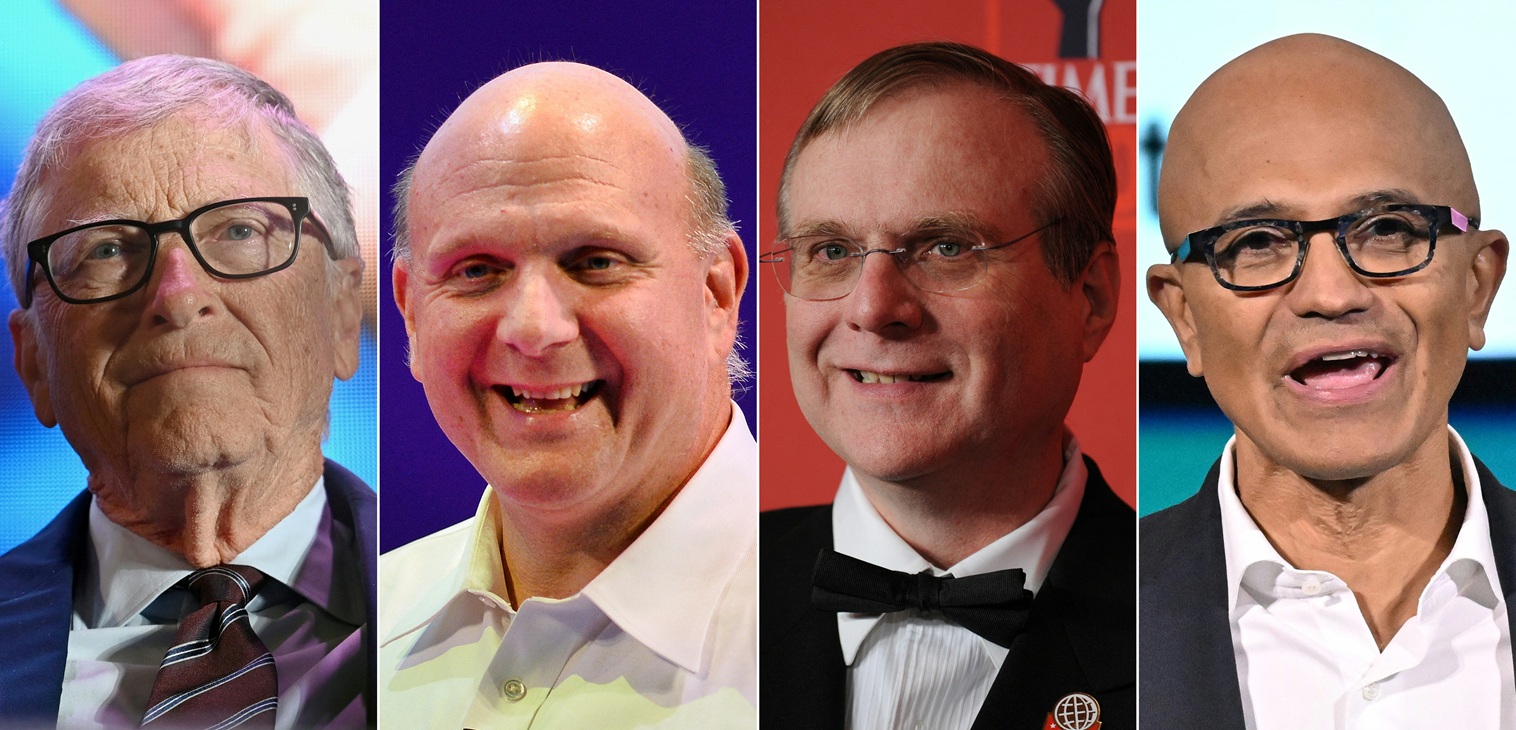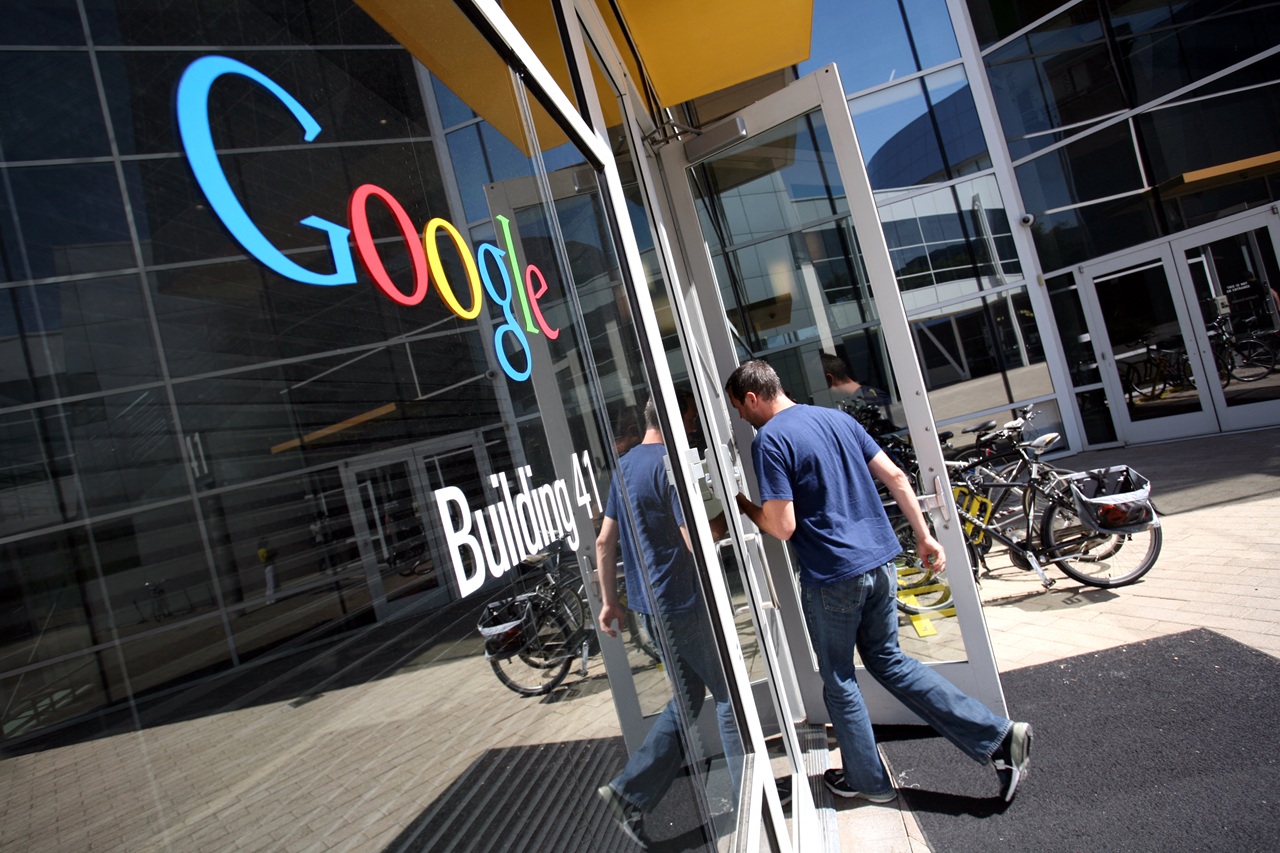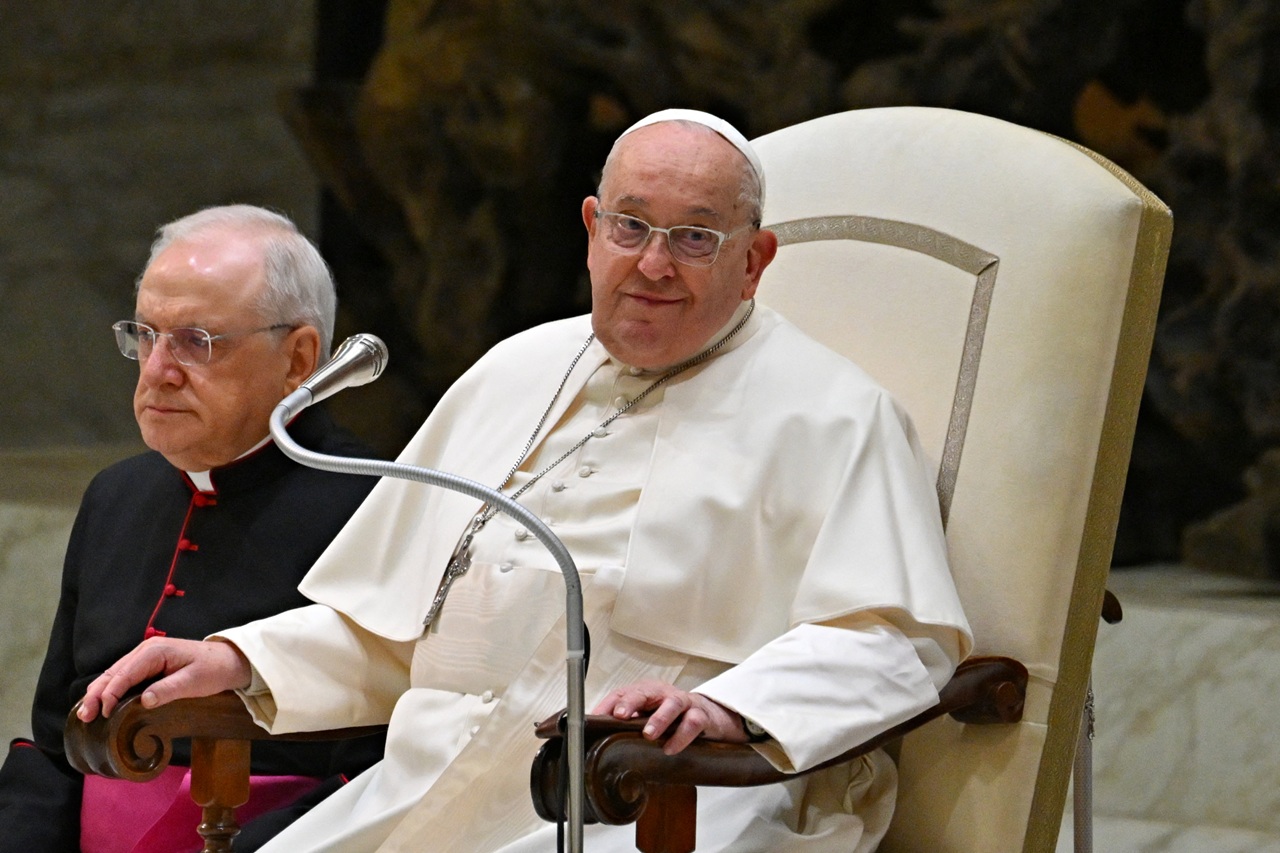
2022 was the year of fighting to improve working conditions
As 2023 rolls around, the fight continues for workers as unionization efforts persist and strikes carry on.
According to a 2022 Gallup poll, labor union support is at a 57-year high, at a 71% approval rating. Union support was highest in the 1950s with a 75% approval rating.
In the last year, people from across industries have formed unions or went on strike. The reasons behind many of these strikes were often the same: workers need more money to live and more time off to take care of themselves and their families.
Here is a short list of some of the many corporations where workers have organized in the past year.
Starbucks
Starbucks has been in the news relating to unions a lot this year; both for worker's unionization efforts and for the company’s union busting ones.
According to NPR, the Starbucks union, Starbucks Workers United (SWU), held about a quarter of all elections this year, winning 270 elections with 7,000 union workers. This means that the union elections were successful 4 out of 5 times.
SWU has conducted several strikes during the year. Starting on Red Cup Day, Nov. 17, the union held a 3-day walkout at 110 stores across the nation. The union also passed out union-made red cups that featured a Grinch hand holding an ornament with the SWU logo on it.
Starbucks has closed almost two dozen stores in 2022, citing safety concerns. Some of those stores had or were trying to unionize. One of the closing stores is Philadelphia’s 10th and Chestnut location, which isn’t one of the city’s four union stores.
The company has also fired many workers who were involved in organizing. Workers say that the reasons given are things that weren’t issues prior to them organizing. The National Labor Relations Board (NLRB) filed injunctions to get the workers reinstated. In August, Starbucks was ordered to rehire seven employees in Memphis, TN.
Rail Workers
The most significant piece of union news in recent months was the potential railroad strike. There are 12 unions that represent around 115,000 rail workers. If multiple unions reject a proposed contract, it raises the possibility of a rail strike since all of the unions, including ones that ratified the contract, would honor the strike and halt the rail lines.
Negotiations for a new contract were already going badly at the beginning of 2022, and in June President Joe Biden signed an Executive Order to create a Presidential Emergency Board that is made up of neutral arbitrators.
The PEB recommended a 24% raise over 5 years with an immediate increase of 14.1%. It also recommended five annual $1,000 lump sum payments, limiting changes to work rules, and caps on health care premiums.
By late November, four out of the twelve unions had voted to reject a tentative new contract. This included the largest rail union SMART Transportation Division (SMART-TD).
In early December, Biden signed legislation to make the unions take the contract based on the PEB’s recommendations. In addition to the increases in pay, the contract gave workers one more personal day.
The deal, however, didn’t give workers any paid sick days. This was one of the main sticking points in negotiations, and at least one of the unions was trying to get workers seven days of paid sick leave. Currently, rail workers don’t have any paid sick leave.
Workers have two options when it comes to taking sick days. The first is using a personal or vacation day. Workers say that since they have to be approved beforehand, they’re not practical to use when calling out sick. The second option is taking unpaid leave. The downside here, other than the missed pay, is that the railroad’s attendance policy penalizes workers if they take too many days off.
HarperCollins
The 250 members of the HarperCollins union have been on strike since Nov. 10, 2022. They have been working without a contract since April 2022.
Workers are asking for higher wages, better family leave, a greater commitment to diversifying staff, and higher wages.
The minimum salary at HarperCollins is $45,000 a year. Stephanie Guerdan, an associate editor and a steward for the HarperCollins union, remarked to WBUR that it’s more like $15 an hour or about $31,000 a year after taxes. The average rent in New York City, where all the “big five” publishing houses are headquartered, is around $4,000 a month. The union is asking for the minimum salary to be increased to $50,000. The cost of living in New York City for a renter is $76,000 a year.
RELATED CONTENT
Money is the sticking point. Management has proposed a 0.01% increase to payroll. This would raise salaries from $45,000 to $46,500.
Over 500 authors have signed a letter supporting the HarperCollins union. On Dec. 8, 2022, the letter was sent to the CEO, Brian Collins and the president of HarperCollins Children’s Books, Suzanne Murphy.
According to the union’s Twitter account, management has yet to come to the table as of the date of publication. Instead, the company has hired temporary workers to fill striking workers’ roles.
University of California Academic Workers
For five weeks, the academic worker unions at University of California were on strike. The workers are represented by three unions: one for teaching assistants, tutors, and readers; another for post-doctoral workers and academic researchers; and the final one for graduate student researchers.
The union representing the post-doctoral workers and academic researchers settled with the university for a 20% pay increase, and benefits to pay for childcare and transportation. This agreement was ratified on Dec. 9.
Just before Christmas, the other two unions reached agreements with the university. Workers will see a pay increase from anywhere between 66% to 80%, according to multiple sources. The contracts took immediate effect and will run through May 31, 2025.
1st Amazon union
Amazon workers at a Staten Island distribution center voted to form the company’s first union on April 1, 2022. The Amazon Labor Union was formed as a group by Christian Smalls after he was fired in March 2020.
Amazon put on an anti-union campaign prior to the election and afterwards filed 25 objections to the union’s formation with the National Labor Relations Board. It lost this attempt to overturn the union election after the board rejected its objections.
One of the main reasons for the rise in union organizing is the COVID-19 pandemic. Jason Greer, a former NLRB field examiner agent and current labor consultant, told CNBC, “A lot of people said 'I'm seeing my family members die and my friends die and we were suddenly faced with our own mortality but a lot of organizations still expected you to work just as hard or harder.’”
Companies have decided to put profits over people for a long while, so now more people are making the decision to organize in an effort to improve their workplace for themselves and their colleagues.











LEAVE A COMMENT: